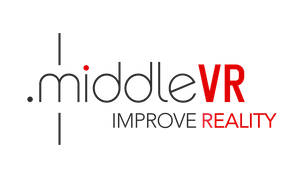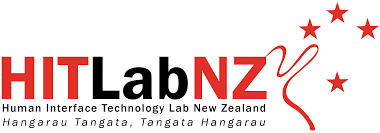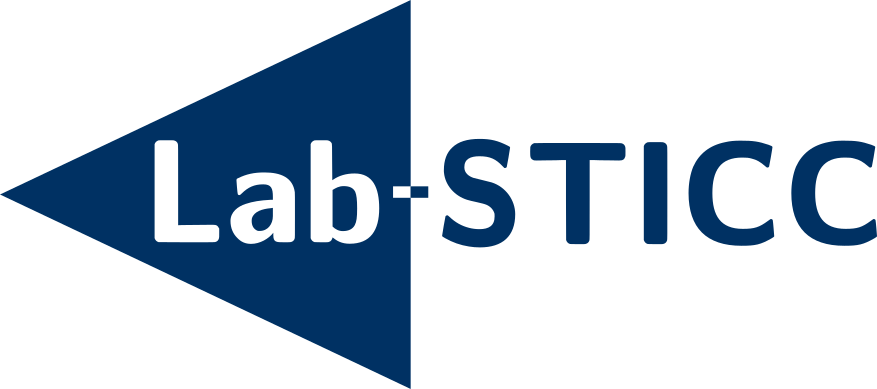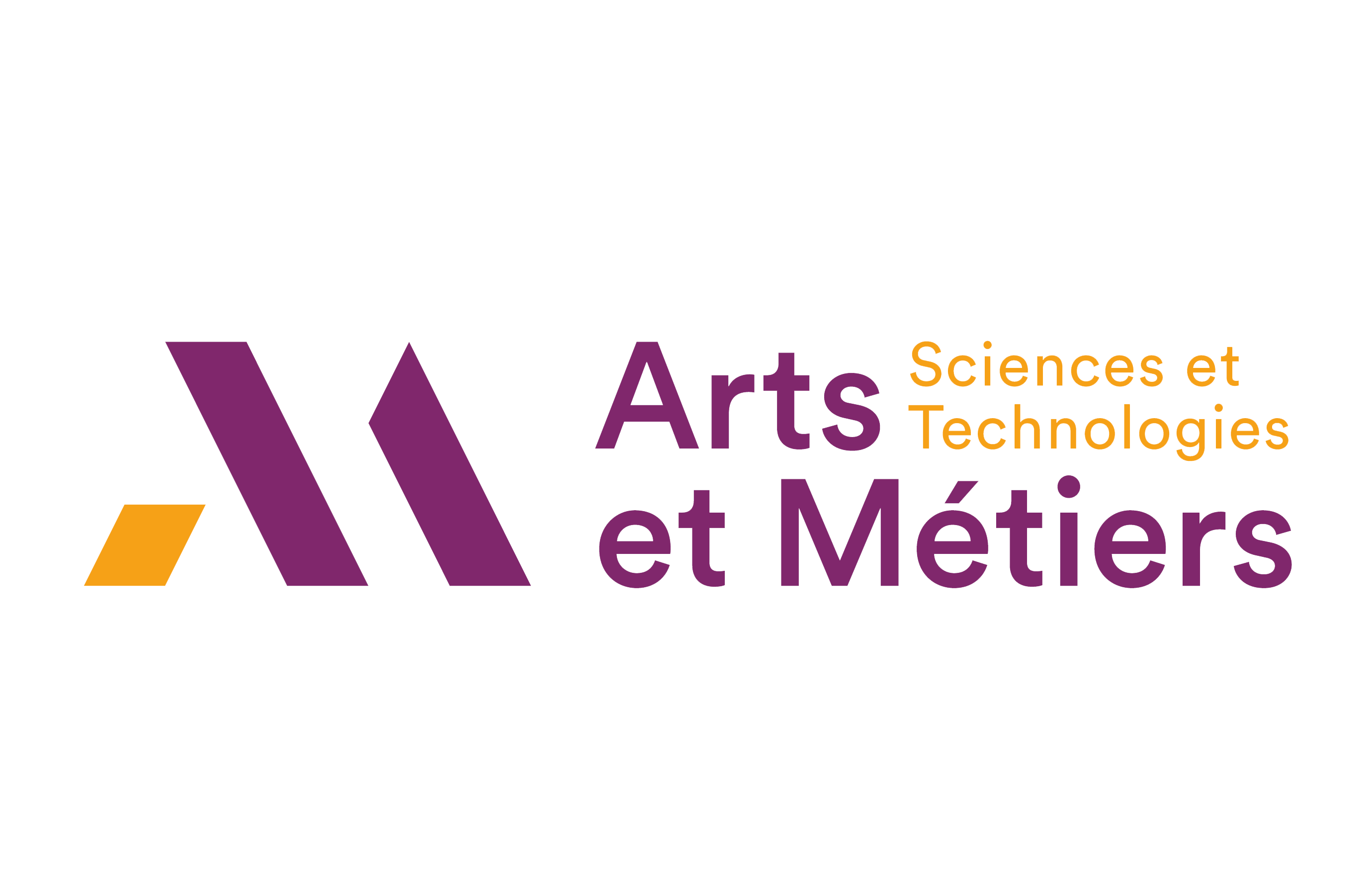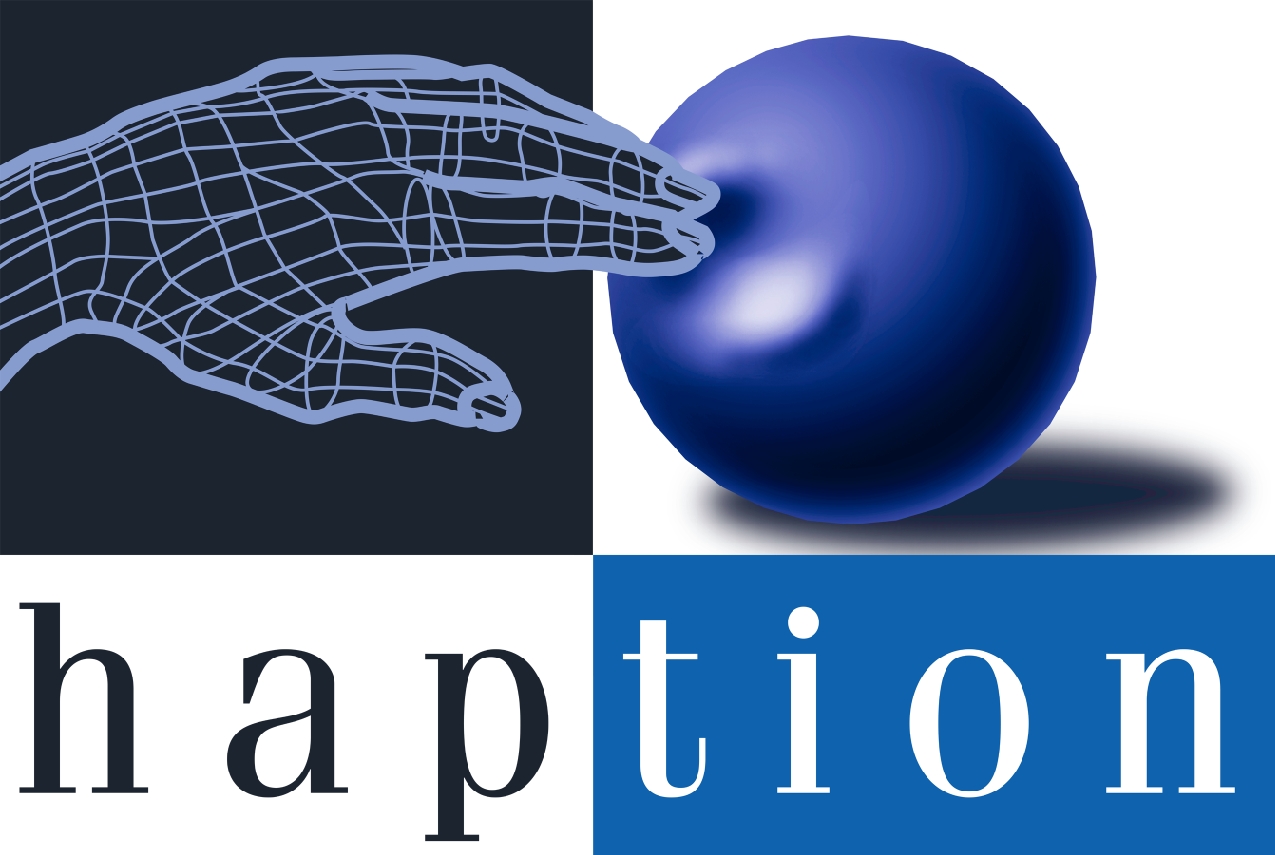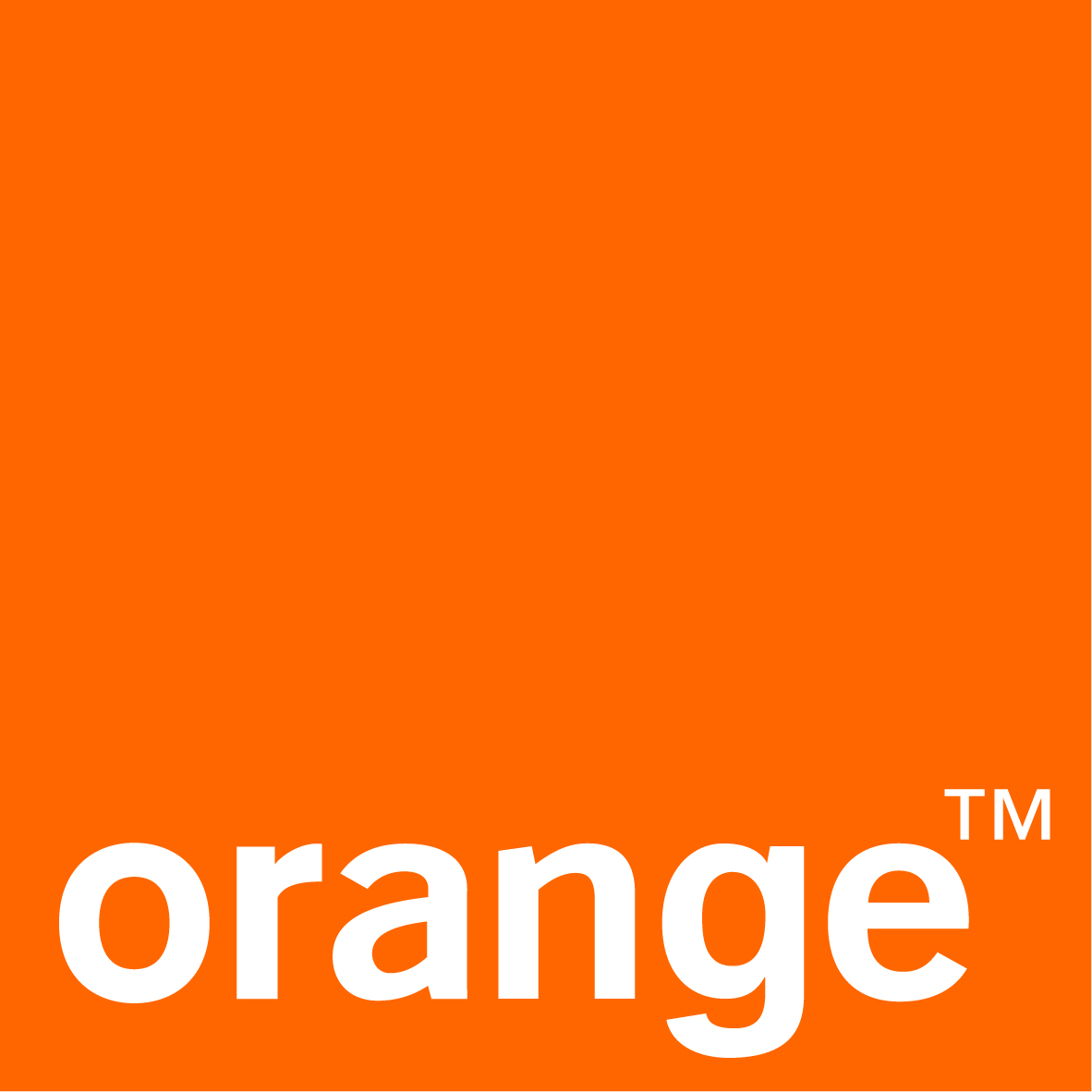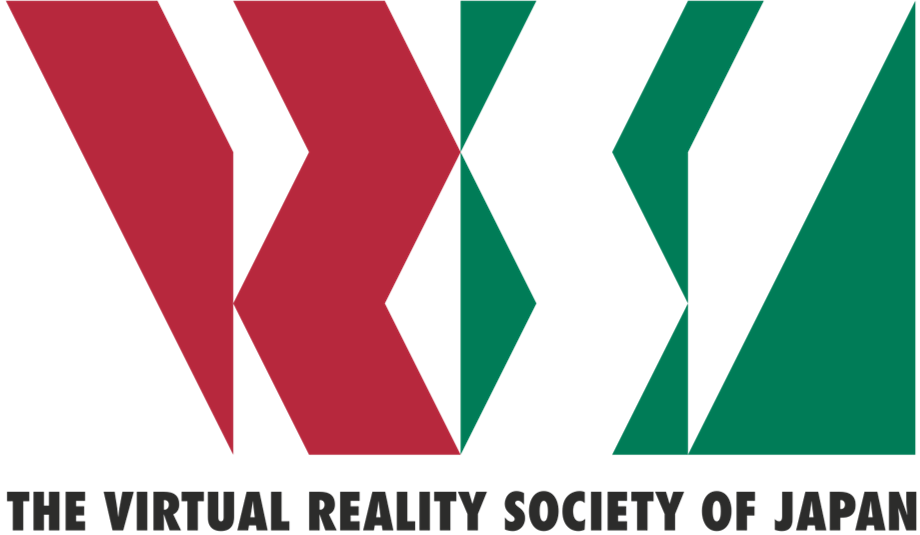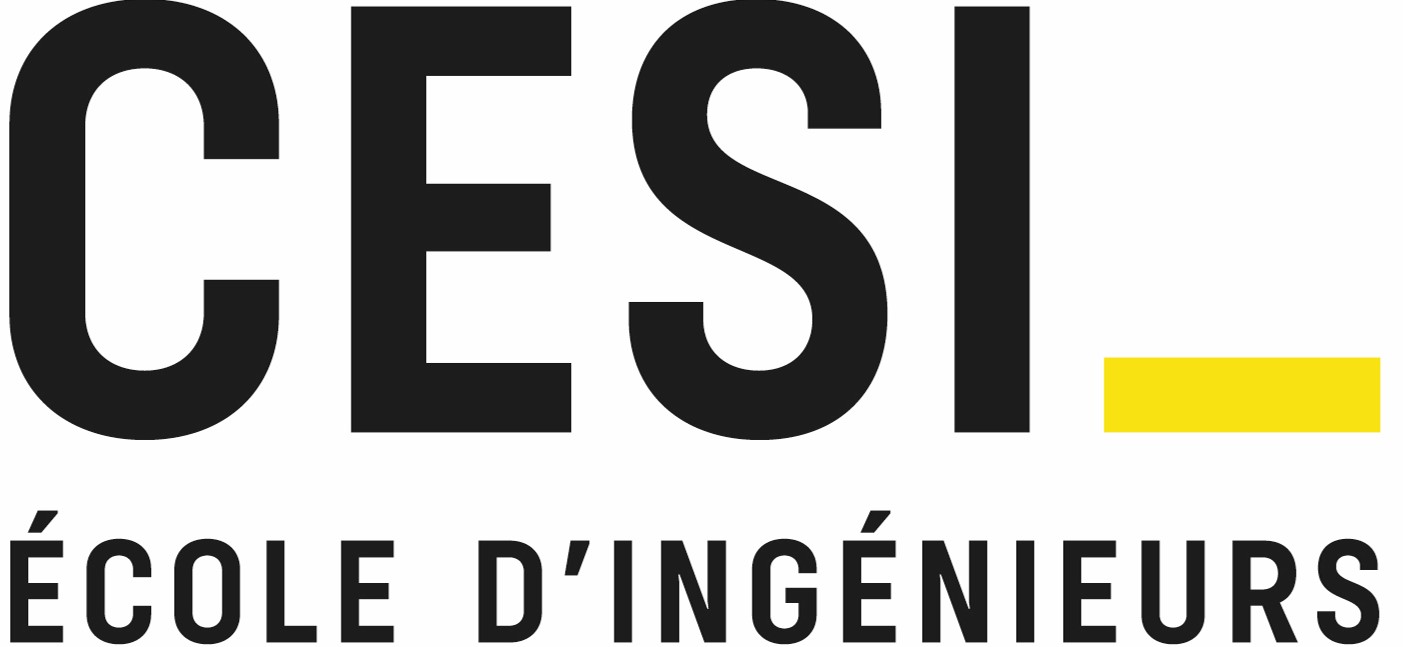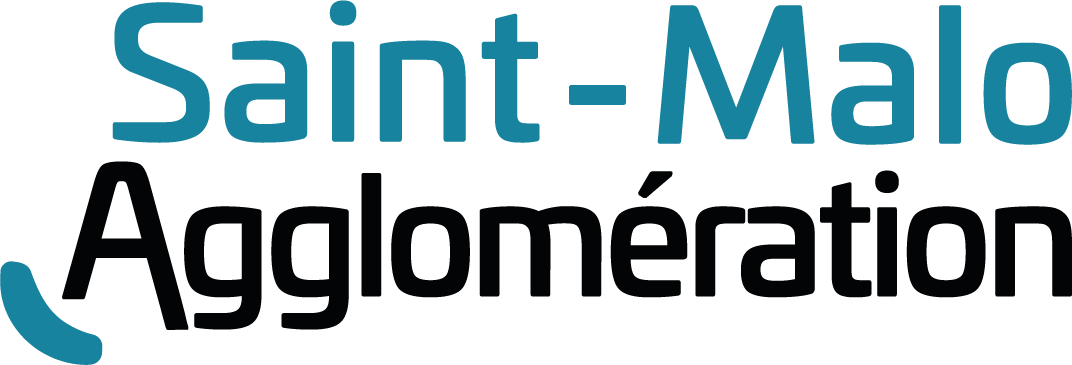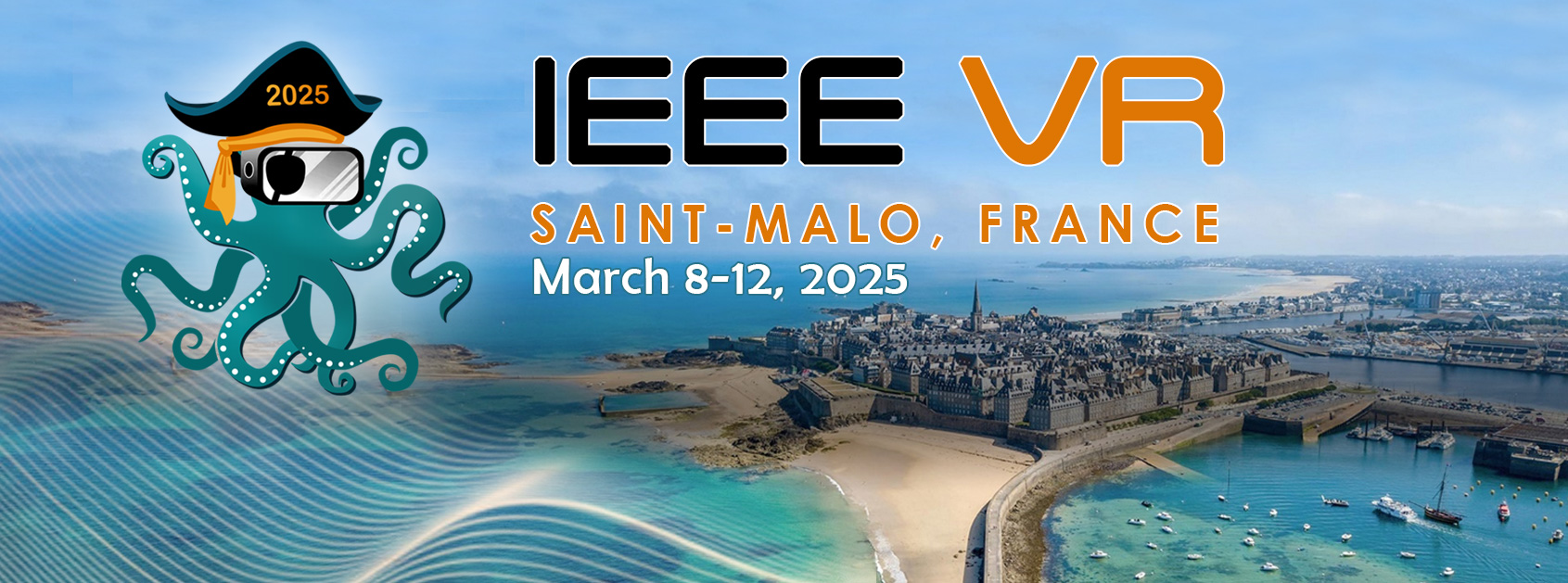
Call for Papers
IEEE VR 2025: the 32nd IEEE Conference on Virtual Reality and 3D User Interfaces
March 8-12, 2025 | Saint-Malo, France
Overview
IEEE VR 2025 seeks original, high-quality papers in all areas related to virtual reality (VR), including augmented reality (AR), mixed reality (MR), and 3D user interfaces (3DUIs). This year there is again a SINGLE submission deadline for a unified review process for both the IEEE TVCG and the conference only papers. The possible outcomes of this unified process are:
- Accept as IEEE TVCG paper, with presentation at IEEE VR 2025
- Accept as IEEE VR 2025 conference paper, with presentation at IEEE VR 2025
- Accept as IEEE VR 2025 poster
- Reject
Inquiries: program2025@ieeevr.org
Important Dates
Each deadline is 23:59:59 AoE (Anywhere on Earth) == GMT/UTC-12:00 on the stated day, no matter where the submitter is located. The submission deadlines will be strictly enforced. Requests for extensions will not be honored.
September 11, 2024: Abstracts due (REQUIRED)September 18, 2024: Submissions dueDecember 10, 2024: Initial notificationsJanuary 6, 2025: Revised submissions dueJanuary 13, 2025: Final notificationsJanuary 20, 2025: Camera-ready materials due
Submission Guidelines
https://new.precisionconference.com/vr25a
IMPORTANT: IEEE VR 2025 uses a DOUBLE-BLIND review process. Failure to anonymize submissions will result in desk rejection.
Each research paper should provide a contribution covering one or more of the following categories: methodological, technical, applications, and systems.
- Methodological papers should describe advances in theories and methods of AR/VR/MR and 3DUI, such as ethical issues, theories on presence, or human factors.
- Technical papers should describe advancements in algorithms or devices critical to AR/VR/MR and 3DUI development such as input, display, user interaction, or tracking.
- Application papers provide an important insight to the community by explaining how the authors built upon existing ideas and applied them to solve an interesting problem in a novel way. Each paper should include an evaluation of the success of the use of AR/VR/MR and/or 3DUI in the given application domain.
- System papers should indicate how the developers integrated techniques and technologies to produce an effective system, and convey any lessons learned in the process.
Each paper should include an evaluation of its contributions, such as user studies, benchmarking and/or comparison with existing systems/techniques/methods.
Submission Length: We welcome paper submissions between 4 and 9 pages, not including references. Submissions may include an additional 2 pages of references. Supplementary materials should be provided in a separate file. Authors are encouraged to submit videos to aid the program committee in reviewing their submissions.
All paper submissions must be formatted using the IEEE Computer Society VGTC conference format (https://tc.computer.org/vgtc/publications/conference/). Accepted papers and posters will have to be formatted by the authors according to the relevant camera-ready guidelines.
Topics
IEEE VR 2025 seeks contributions in VR/AR/MR and 3DUI including, but not limited to, the following topics:
- 360° video
- 3D and volumetric display and projection technology
- 3D authoring
- 3D user interfaces
- Accessibility of immersive interfaces
- Audio interfaces and rendering
- Collaborative interactions
- Computer graphics techniques
- Crowd simulation
- Cybersickness
- Diversity and gender issues
- Embodied agents, virtual humans and (self-)avatars
- Ethical issues
- Evaluation methods
- Haptic interfaces and rendering
- Human factors and ergonomics
- Immersive analytics and visualization
- Immersive applications and games
- Input devices
- Locomotion and navigation
- Mediated and diminished reality
- Mobile, desktop or hybrid 3DUIs
- Modeling and simulation
- Multi-user and distributed systems
- Multimodal capturing and reconstruction
- Multimodal/cross-modal interaction and perception
- Multisensory interfaces and rendering
- Perception and cognition
- Presence, body ownership, and agency
- Redirection
- Software architectures, toolkits, and engineering
- Teleoperation and telepresence
- Therapy and rehabilitation
- Touch, tangible and gesture interfaces
- Tracking
- User experience and usability
- XR technology infrastructure
Review process
The review process will have two cycles.
Review Cycle I (Submission to Initial notification)
Submissions will be assigned to two members of the VR 2025 International Program Committee (IPC): a coordinator (primary) and a secondary reviewer. Submissions that violate the submission guidelines or that receive low review scores from the coordinator and the secondary reviewer will be early rejected. This stage of the review process will be double blind. We will strive to have all other submissions receive a total of at least three reviews. Based on the reviews and in consultation with a subset of the IPC, the Program Chairs will make one of the following initial recommendations for each submission:
- Conditionally accept as IEEE TVCG paper. Continuing our cooperation with the IEEE Transactions on Visualization and Computer Graphics (TVCG), the top submissions will be considered for publication in a special issue of IEEE TVCG.
- Conditionally accept as conference paper. These submissions will be considered for inclusion in the Proceedings of IEEE VR, archived in the IEEE Xplore Digital Library.
- Recommend as a two-page poster. Authors of a submission receiving this recommendation have the option of condensing their submission into a two-page poster, including references. Subject to a final approval by the Posters chairs, accepted posters will be included in the IEEE VR Abstracts and Workshops proceedings and will be archived in the IEEE Digital Library. Note that IEEE VR does not consider posters as a final disclosure of research results. Thus, work accepted as an IEEE VR poster might be eligible for inclusion in future publications.
- Reject.
Review Cycle II (Initial notification to Final decision)
The revision of each conditionally accepted paper will be reviewed by its coordinator, who will make a final recommendation regarding acceptance. Should the conditions for acceptance not be met, the paper will be rejected.
Additional Guidelines
Abstract Submission.
Note that a paper abstract must be uploaded seven days prior to the actual paper submission deadline. This facilitates the process of assigning reviewers, as the review process operates on a very tight schedule.
Ethics and Responsibility.
All submissions describing research experiments with human participants must follow the appropriate ethical guidelines required by the authors’ institution(s), and authors are required to secure and report their approval by the relevant ethics committee prior to collecting data. An approval by any ethical review board, if required by your institution, needs to be indicated via the submission system. Authors will be required to submit the name of the ethical review board, approved protocol title and number, and date that ethical approval was obtained prior to running human participants. Authors must be able to provide proof of ethical approval upon request. Incorrect reporting of ethical approval will result in desk rejection.
Participant Diversity.
To support high-quality research, all submissions describing research with human participants should strive for participant diversity. As first steps toward this goal, VR 2025 is encouraging the following:
- Research that aims to benefit a general population should be representative of that population. (e.g. balanced across gender or age). Research that claims to benefit a specific population should clearly state and justify its focus on that population (e.g. pilots, surgeons).
- All submissions must report participant demographics (gender, age, etc.).
Notes about recruiting representative populations:
- Recruiting more diverse samples does not imply that the research must treat these data as independent variables and analyze differences in independent variables between demographic groups.
- Recruiting more diverse samples does not increase the number of participants required for adequate statistical power given an effect size.
- Many ethics review boards and funding sources already require participant diversity for inclusive and unbiased research.
The VR 2025 program committee and external reviewers will be strongly encouraged to consider participant diversity in relation to the generality of the claims made by a submission as a first-order reviewing concern. Submissions that make general claims yet rely on a severely imbalanced participant groups may be negatively impacted by the reviewing process.
Review Duties for Authors.
The increasing number of submissions for IEEE VR makes us all dependent on a large number of good reviewers who are willing to provide constructive feedback and engage with authors on their work. Every paper needs three quality reviews. To expand the reviewing pool and to promote quality reviews, for each submitted paper, one author will be required to register to review up to three papers through PCS at the time of submission. For example, if the same author group submits two papers, they need to commit to reviewing six papers. Additionally, senior authors are encouraged to ask experienced junior authors to register in PCS to review papers, and then to mentor the junior authors during the review process.
Presentation at the Conference.
All accepted submissions must be presented orally at the conference. An in-person presentation is expected, and online presentations will be accommodated only in exceptional cases. Requests for online presentations due to exceptional cases must be made at least one month before the conference.
Submission Language.
All paper submissions must be in English.
Previous Publication and Plagiarism.
Submitted manuscripts must not have been previously published. A manuscript is considered to have been previously published if it has appeared in a peer-reviewed journal, magazine, book, or meeting proceedings that is reliably and permanently available afterward in print or electronic form to non-attendees, regardless of the language of that publication. A manuscript identical or substantially similar in content (in its entirety or in part) to one submitted to VR should not be simultaneously under consideration for another conference or journal during any part of the VR review process, from the submission deadline until notifications of decisions are emailed to authors.
In some situations, a submission may build upon prior work. In order to fully explain the relationship between the submitted paper and prior work, authors may upload additional papers as well as a non-anonymous letter of explanation that highlights the significant changes or advances; these materials will only be seen by the primary reviewer. Specifically, this treatment is applied to the following cases:
- non peer-reviewed works that are publicly available (on arXiv, as a technical report, etc.)
- non-archival publications presented in past IEEE VR conferences (posters, demos, etc.)
Submissions will be checked for plagiarism using IEEE Crosscheck. Detection of significant plagiarism will lead to rejection. For more information about definitions of plagiarism and IEEE policies in this area, please see the Introduction to the Guidelines for Handling Plagiarism Complaints and the IEEE Publication Services and Products Board Operations Manual.
AI-generated Text.
Large-scale language models (LLMs) such as ChatGPT can only be used by the authors to edit grammar of their own text.
Submission Anonymity.
* IEEE VR uses a DOUBLE-BLIND review process *
This means that both the authors and the reviewers must remain anonymous to each other. Submissions (including citations and optional videos) must not contain information that identifies the authors, their institutions, funding sources, or their places of work. Relevant previous work by the authors must be cited in the third person to preserve anonymity (exceptions were described above). Authors should work diligently to ensure that their submissions do not expose their identities either intentionally or through carelessness. Authors that have questions/issues around the double-blind submission policy should contact the program chairs.
* Failure to make reasonable attempts to adhere to the double-blind policy will result in desk rejection. *
Pre-dissemination through public online repositories.
Uploading the submitted manuscript to an online repository (e.g., arXiv) before the end of the review process does not constitute a reason for rejecting the manuscript. However, the authors should be advised that doing so can compromise the anonymity of their manuscript and therefore bias its double-blind review.
Videos.
Videos must be submitted according to the instructions on the submission website. Videos submitted with papers will automatically be considered for possible inclusion in the video proceedings (video submissions may also be made independently, as described in the separate Call for Videos). When submitted as supporting material, videos must be free of any identifying information prior to reviewing as per the double-blind submission policy. If accepted for the video proceedings, a revised version of the materials will be requested.
Contacts
Technical Papers Chairs:
- Daisuke Iwai, University of Osaka, Japan
- Luciana Nedel, Federal University of Rio Grande do Sul, Brazil
- Tabitha Peck, Davidson College, USA
- Voicu Popescu, Purdue University, USA









